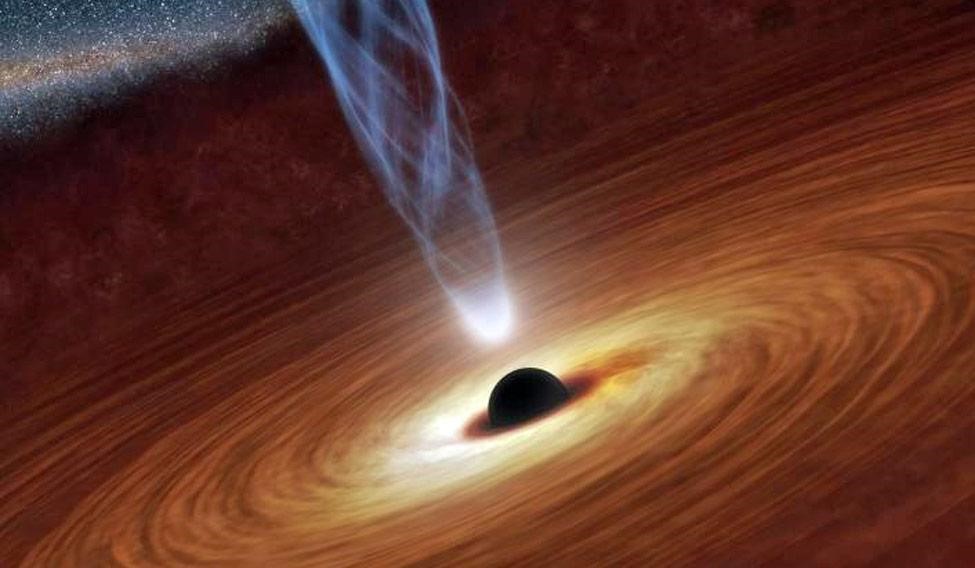
Ghost particles

21.03.2024
Ghost particles
|
For the Prelims: About ghost particles, Important points, About Neutrino |
Why in the news?
Recently seven possible 'ghost particles' passing through the planet have been detected by astronomers.
Important points:
- The observatory uses "strings" (cables) of digital optical modules (DOM) to detect neutrinos.
- This includes more than 5,150 DOM buried deep within the Antarctic ice. The reaction of neutrinos with ice produces charged particles that emit blue light.
- It is registered and digitized by different DOMs.
About ghost particles:
- Scientists using data from the Ice Cube Neutrino Observatory in Antarctica believe they have potentially found the first evidence for the astronomical tau neutrino, known as a "ghost particle."
- Ghost particles are nicknames for neutrinos, which are tiny subatomic particles.
- They are often called 'ghost particles' because they rarely interact with anything else.
About Neutrino:
- Neutrinos come from a variety of sources and are often the result of heavy particles changing into lighter particles, a process called "decay."
- Neutrinos are tiny subatomic particles that rarely interact with anything.
- These belong to a family of particles called leptons.
- There are three main leptons, namely the electron, the muon and the tau particle.
- The latter have proven particularly difficult to observe and detect, earning the nickname "ghost particles".
- Astrophysical neutrinos are the names of high-energy neutrinos that come from far beyond our galaxy.
- The neutrino is similar to an electron, but has no electric charge and much smaller mass.
- They are the most common particles in the universe. About 100 trillion neutrinos pass through our bodies every second, completely harmless.
- These are exceptionally difficult to detect, because they rarely collide with atoms.
- Of the four fundamental forces in the universe, neutrinos interact with only two – gravity and the weak force.
- In recent developments, China is building the world's largest "ghost particle" detector, a giant underwater telescope in the South China Sea, designed to detect neutrinos.
- This telescope, named Tropical Deep-Sea Neutrino Telescope (TRIDENT), will span 7.5 cubic kilometers and will be 10,000 times more sensitive than existing underwater telescopes.
Source: Indian Express